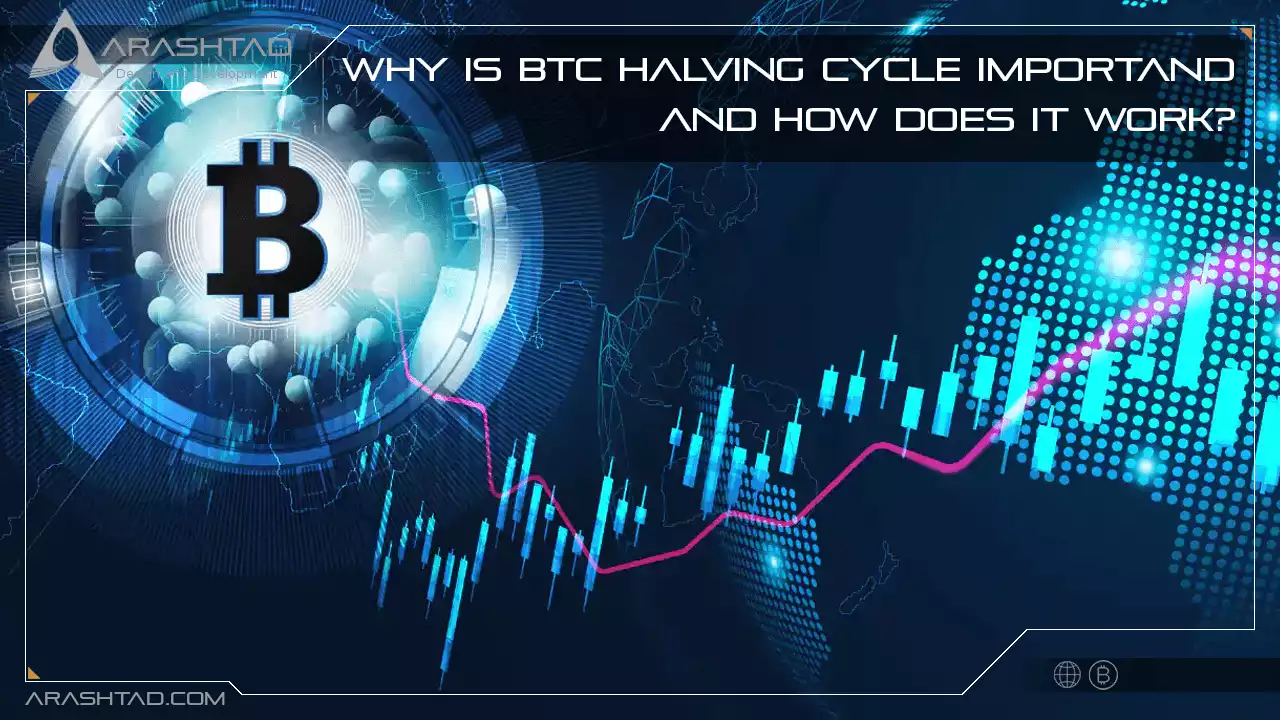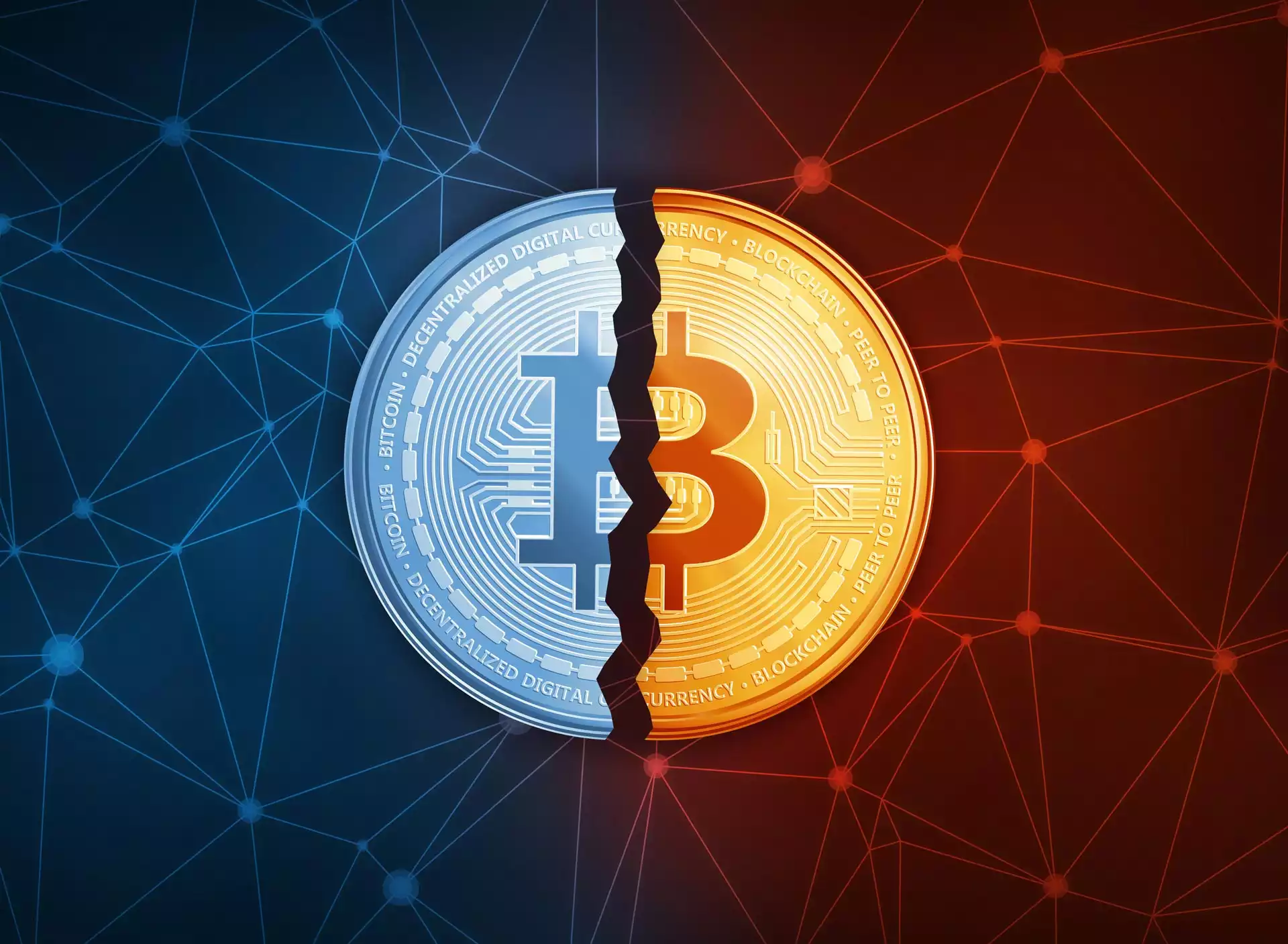Why Is BTC Halving Cycle Important and How Does It Work?
One of the most pivotal events on Bitcoin’s blockchain is the halving when the supply of new bitcoins is cut in half. Each halving reduces the rate of inflation, thereby creating upwards pressure on the Bitcoin price. This article explains the details of the importance of Bitcoin halving and Bitcoin prices during halving.
What is Bitcoin halving?
In the Bitcoin blockchain, a block consists of 1 MB of Bitcoin (BTC) transaction records. To add the next block, miners solve a complex mathematical problem with specialized hardware. Generate a 64-character random output known as a “hash,” finish the process, and lock it so it cannot be changed again. Miners receive Bitcoin for completing these blocks. How does Bitcoin’s halving cycle work? When the cryptocurrency was initially developed, miners were paid 50 BTC per block. Early users could be enticed to mine the network this way, even before it was clear how successful the network would be. When all 21 million Bitcoins are mined, the rate of creation decreases by half every 210,000 blocks mined or approximately every four years.How does Bitcoin halving work?
It is important to understand how Bitcoin is created before you can understand Bitcoin halving.To verify and validate transactions on Bitcoin’s ledger, known as the blockchain, miners use high-power computer systems to solve cryptographic puzzles. A new bitcoin is created as a result of their efforts, and they receive payment in the form of new bitcoins. There is a sort of competition involved in Bitcoin mining. Miners compete to add new blocks to the blockchain first. Each block added receives a certain number of bitcoins as a reward. Bitcoin’s creator programmed the block reward to be halved at regular intervals.Every 210,000 blocks add 50% less reward for mining a block. It currently takes four years to add that many blocks, so Bitcoin halves occur approximately every four years. Now, the third halving is scheduled for 2024. It is theoretically impossible to produce another bitcoin after 21 million are created.
Why does Bitcoin halving matter?
Usually, the halving of Bitcoin is accompanied by a lot of turmoil. The supply of Bitcoin is reduced with each cycle, increasing the value of Bitcoins that remain to be mined. And with such fluctuations, profits can be made. During the first halving of Bitcoin on Nov 28, 2012, when it was around $12, Bitcoin reached almost $1,000 one year later. On July 9, 2016, the second halving occurred, and Bitcoin’s price plummeted to $670 but increased to $2,550 in July 2017. December of that year, Bitcoin reached an all-time high of about $19,700. At the time of the most recent halving, in May 2020, Bitcoin’s price was $8,787, which exploded in the Bitcoin’s post-halving booms Analyzing.Bitcoin’s post-halving booms Analyzing
A number of additional factors must be considered when analyzing Bitcoin’s post-halving booms, including:1-More media coverage of cryptocurrencies and Bitcoin.
2- The novelty of the currency’s anonymity.
3- the increasing number of real-world applications.However, it is essential to note that past Bitcoin halvings have contributed to the cryptocurrency’s long-term price growth. On the other hand, the third halving of Bitcoin is almost sure to impact the BTC ecosystem in many ways negatively. Primarily, as the economic benefit of mining becomes less enticing and, for less effective miners, unprofitable, Bitcoin miners are widely predicted to decline. Deflationary tendencies are symbolized regularly by Bitcoin’s halving. This has been the basis of Bitcoin’s bull case since its founding. as a decentralized cryptocurrency, Bitcoin cannot be printed into oblivion by governments or central banks, and its total supply is known to all.
What happens to Bitcoin prices during halving?
There is a correlation between Bitcoin halving and price increases. Of course, price is affected by a whole host of factors. Here is a summary of what happened during the first three halvings:In November 2012, the price of Bitcoin was about $11 at the time of the first halving. Within a year, it rose a hundredfold.
In July 2016, the Bitcoin network reached 420,000 blocks, triggering a second halving. By December 2017, Bitcoin’s price had risen to around $20,000.
A third halving occurred in May 2020, coinciding with another bull run for the cryptocurrency. Bitcoin traded at around $9,000 at the time of this halving. By the end of the year, it had climbed to approximately $30,000.
“Early in Bitcoin’s adoption cycle, price correlated strongly with mining rate, according to Tom Frazier, CEO of Redivider Blockchain, a Bitcoin mining fund. “As Bitcoin matures, each halving is likely to have a less and less impact on its price, especially as more countries adopt the cryptocurrency and as a stable technological and regulatory infrastructure emerges.”
When is the next Bitcoin halving event?
Around more than 18.5 million, or almost 89%, of the 21 million BTC that can ever exist have been mined and are in circulation. Each day, approximately 900 new Bitcoin are mined and entered into digital circulation, while faster mining rates have resulted in higher mining rates so that it could be more. As halvings continue, the rate of Bitcoin supply increase will slow until all 21 million BTC have been mined. According to predictions, the last fractions of Bitcoin will be mined in 2140. The payout for mining a block will be slashed in half again in the future, but no specific date has been set. The answer will be revealed when the 210,000th block has been mined since the last halving. Given that new Bitcoin is mined every 10 minutes, the next halving will likely occur in early 2024 — at which point, a miner’s payout will be reduced to 3.125 BTC.The bottom line
The bitcoin halving has been taking place for approximately four years, with the first in 2012. This is part of the virtual currency’s programming to maintain its total supply.Download this Article in PDF format

Arashtad Custom Services
In Arashtad, we have gathered a professional team of developers who are working in fields such as 3D websites, 3D games, metaverses, and other types of WebGL and 3D applications as well as blockchain development.
Arashtad Services
Drop us a message and tell us about your ideas.
Fill in the Form
Blockchain Development


